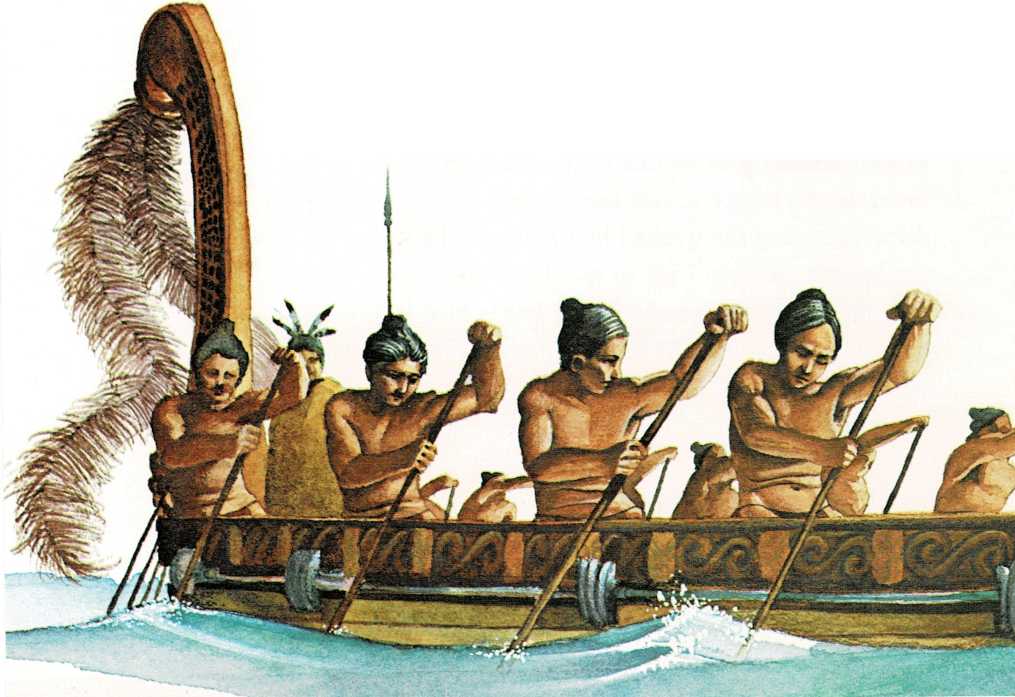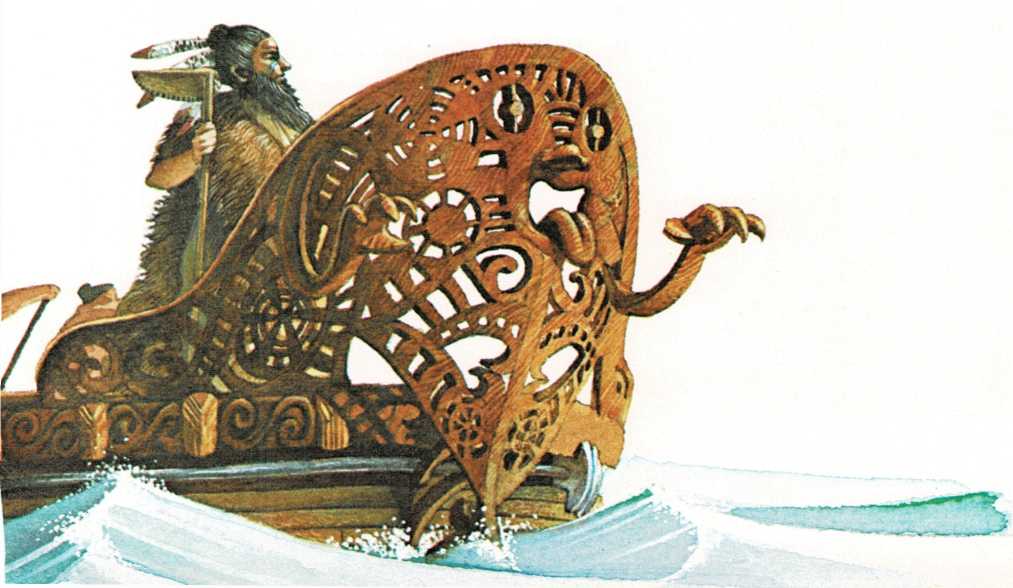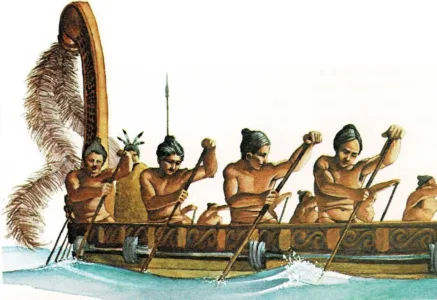Weeping Waters
Hundreds of years ago, the people called Maoris [(mah]{.smallcaps} oh
reez) sailed their great war canoes to what is now the island country of
New Zealand. According to their legends, they arrived in seven canoes
known as the Great Fleet.
At first, the Maoris lived mainly by hunting and fishing. Later, they
planted crops and grew some food. These people were also skilled at
woodcarving. They decorated their war canoes and houses with beautiful
designs.
Tall and brown-skinned, with black, wavy hair, the Maoris were proud and
warlike. Each chief expected people to give in to his power. As a
result, there was a great deal of fighting among the tribes.
When the first Europeans brought guns to New Zealand, the tribal wars
became even

worse. But the Europeans brought more than guns. They brought disease.
In less than fifty years, about half the Maoris died.
The British settlers and the Maoris wanted law and order brought to the
land. So they asked Great Britain for help. Captain William Hobson of
the British navy met with a group of Maori chiefs at a place named
Waitangi. The name means \”Weeping Waters.”
On February 6, 1840, Hobson and the chiefs signed a treaty, or
agreement. The Maoris agreed to accept the British queen as their ruler.
In return, Great Britain would protect the lands and rights of the
Maoris. Under the Treaty of Waitangi, New Zealand became a British
colony.
Called Waitangi Day, February 6 marks the birth of New Zealand as a
nation. It is the most important national holiday in New Zealand.


